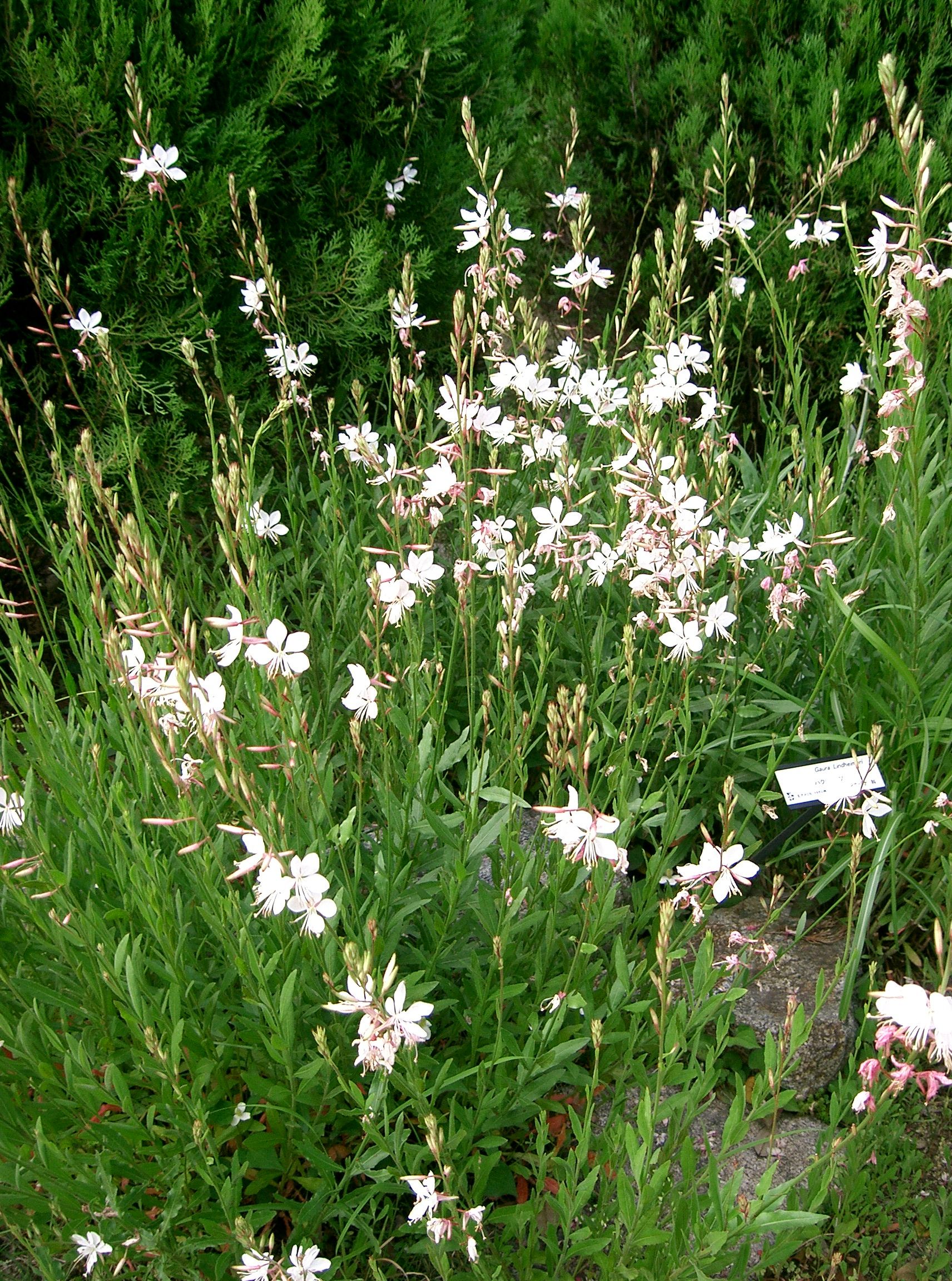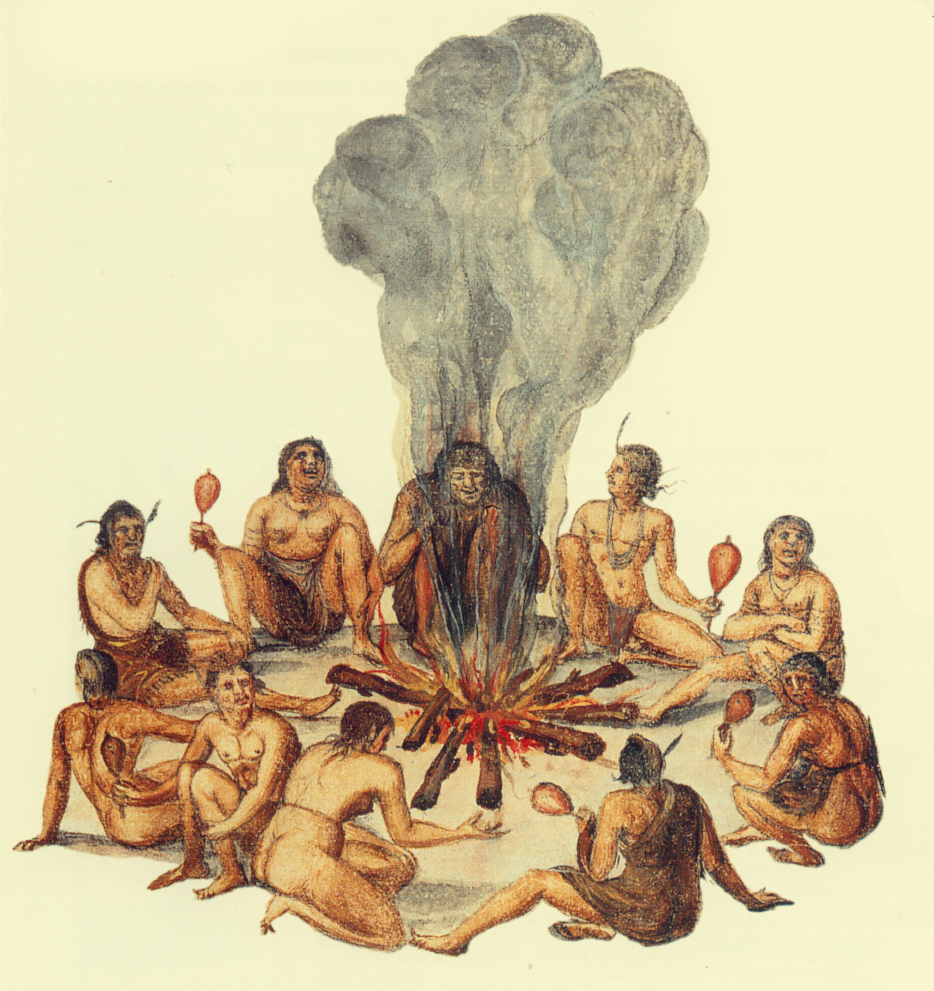|
Cape Fear Botanical Garden
Cape Fear Botanical Garden (80 acres) is a nonprofit botanical garden located at 536 North Eastern Boulevard, Fayetteville, North Carolina. It is open to the public daily (excluding some holidays and in event of inclement weather); an admission fee is charged. The Garden was established in 1989 to serve both Fayetteville Technical Community College horticulture students and North Carolina horticulturalists. It conserves and displays plant species and the plant communities of the Cape Fear River basin. The garden contains nature trails, a natural amphitheater, steep ravines with unusual plants, and a varied riparian terrain ranging from pine forest through hardwood hills to river banks. Cape Fear botanical gardens holds many events such as weddings, military balls, ceremonies, and business sessions. See also * List of botanical gardens in the United States This list is intended to include all significant botanical gardens and arboretums in the United States. [...More Info...] [...Related Items...] OR: [Wikipedia] [Google] [Baidu] |
Botanical Garden
A botanical garden or botanic gardenThe terms ''botanic'' and ''botanical'' and ''garden'' or ''gardens'' are used more-or-less interchangeably, although the word ''botanic'' is generally reserved for the earlier, more traditional gardens, and is the more usual term in the United Kingdom. is a garden with a documented collection of living plants for the purpose of scientific research, conservation, display, and education. Typically plants are labelled with their botanical names. It may contain specialist plant collections such as cacti and other succulent plants, herb gardens, plants from particular parts of the world, and so on; there may be greenhouses, shadehouses, again with special collections such as tropical plants, alpine plants, or other exotic plants. Most are at least partly open to the public, and may offer guided tours, educational displays, art exhibitions, book rooms, open-air theatrical and musical performances, and other entertainment. Botanical garde ... [...More Info...] [...Related Items...] OR: [Wikipedia] [Google] [Baidu] |
Fayetteville, North Carolina
Fayetteville () is a city in and the county seat of Cumberland County, North Carolina, Cumberland County, North Carolina, United States. It is best known as the home of Fort Bragg, a major U.S. Army installation northwest of the city. Fayetteville has received the All-America City Award from the National Civic League three times. As of the 2020 United States census, 2020 census it had a population of 208,501, It is the 6th-largest city in North Carolina. Fayetteville is in the Sandhills (Carolina), Sandhills in the western part of the Atlantic Coastal Plain, Coastal Plain region, on the Cape Fear River. With a population in 2020 of 529,252 people, the Fayetteville, North Carolina metropolitan area, Fayetteville metropolitan area is the largest in southeastern North Carolina, and the fifth-largest in the state. Suburban areas of metro Fayetteville include Fort Bragg, Hope Mills, North Carolina, Hope Mills, Spring Lake, North Carolina, Spring Lake, Raeford, North Carolina, Raefor ... [...More Info...] [...Related Items...] OR: [Wikipedia] [Google] [Baidu] |
Fayetteville Technical Community College
Fayetteville Technical Community College (FTCC or, informally, Fay Tech) is a public community college in Fayetteville, North Carolina. It is accredited by the Southern Association of Colleges and Schools Commission on Colleges (SACSCOC) and a member of the North Carolina Community College System. FTCC serves more than 30,000 students annually by providing over 190 occupational, technical, general education, college transfer, and continuing education programs. The third-largest community college in the state, and the largest in Eastern North Carolina, FTCC boasts one of the largest Continuing Education departments. Located adjacent to Fort Bragg, the college has provided education to the military since 1961. History Led by John Standridge in 1961, the Fayetteville Area Industrial Education Center (IEC) was created to provide job training and educational opportunities to high school graduates and adult learners in Cumberland County and the surrounding areas including: Bladen, Harn ... [...More Info...] [...Related Items...] OR: [Wikipedia] [Google] [Baidu] |
North Carolina
North Carolina () is a state in the Southeastern region of the United States. The state is the 28th largest and 9th-most populous of the United States. It is bordered by Virginia to the north, the Atlantic Ocean to the east, Georgia and South Carolina to the south, and Tennessee to the west. In the 2020 census, the state had a population of 10,439,388. Raleigh is the state's capital and Charlotte is its largest city. The Charlotte metropolitan area, with a population of 2,595,027 in 2020, is the most-populous metropolitan area in North Carolina, the 21st-most populous in the United States, and the largest banking center in the nation after New York City. The Raleigh-Durham-Cary combined statistical area is the second-largest metropolitan area in the state and 32nd-most populous in the United States, with a population of 2,043,867 in 2020, and is home to the largest research park in the United States, Research Triangle Park. The earliest evidence of human occu ... [...More Info...] [...Related Items...] OR: [Wikipedia] [Google] [Baidu] |
Cape Fear River
The Cape Fear River is a long blackwater river in east central North Carolina. It flows into the Atlantic Ocean near Cape Fear, from which it takes its name. The river is formed at the confluence of the Haw River and the Deep River (North Carolina) in the town of Moncure, North Carolina. Its river basin is the largest in the state: 9,149 square miles. The river is the most industrialized river in North Carolina, lined with power plants, manufacturing plants, wastewater treatment plants, landfills, paper mills and industrial agriculture. Relatedly, the river is polluted by various substances, including suspended solids and runoff and manmade chemicals. These chemicals include per- and polyfluoroalkyl substances (PFAS), GenX, perfluorooctanesulfonic acid (PFOS), perfluorooctanoic acid (PFOA), byproducts of production of the fluoropolymer Nafion; and intermediates used to make other fluoropolymers (e.g. PPVE, PEVE and PMVE Perfluoroether). Industrial chemicals such as 1,4- ... [...More Info...] [...Related Items...] OR: [Wikipedia] [Google] [Baidu] |
Pine
A pine is any conifer tree or shrub in the genus ''Pinus'' () of the family (biology), family Pinaceae. ''Pinus'' is the sole genus in the subfamily Pinoideae. The World Flora Online created by the Royal Botanic Gardens, Kew and Missouri Botanical Garden accepts 187 species names of pines as current, together with more synonyms. The American Conifer Society (ACS) and the Royal Horticultural Society accept 121 species. Pines are commonly found in the Northern Hemisphere. ''Pine'' may also refer to the lumber derived from pine trees; it is one of the more extensively used types of lumber. The pine family is the largest conifer family and there are currently 818 named cultivars (or Trinomial nomenclature, trinomials) recognized by the ACS. Description Pine trees are evergreen, coniferous resinous trees (or, rarely, shrubs) growing tall, with the majority of species reaching tall. The smallest are Siberian dwarf pine and Potosi pinyon, and the tallest is an tall ponderosa pine lo ... [...More Info...] [...Related Items...] OR: [Wikipedia] [Google] [Baidu] |
Hardwood
Hardwood is wood from dicot trees. These are usually found in broad-leaved temperate and tropical forests. In temperate and boreal latitudes they are mostly deciduous, but in tropics and subtropics mostly evergreen. Hardwood (which comes from angiosperm trees) contrasts with softwood (which is from gymnosperm trees). Characteristics Hardwoods are produced by angiosperm trees that reproduce by flowers, and have broad leaves. Many species are deciduous. Those of temperate regions lose their leaves every autumn as temperatures fall and are dormant in the winter, but those of tropical regions may shed their leaves in response to seasonal or sporadic periods of drought. Hardwood from deciduous species, such as oak, normally shows annual growth rings, but these may be absent in some tropical hardwoods. Hardwoods have a more complex structure than softwoods and are often much slower growing as a result. The dominant feature separating "hardwoods" from softwoods is the presen ... [...More Info...] [...Related Items...] OR: [Wikipedia] [Google] [Baidu] |
Gaura Lindheimeri4
''Gaura'' is a genus of flowering plants in the family Onagraceae, native to North America. The genus includes many species known commonly as beeblossoms. Recent genetic research has shown that the genus is paraphyletic unless the monotypic genus ''Stenosiphon'' is included within ''Gaura'', increasing the number of species in the genus to 22.Raven P. H., & Gregory, D. P. (1972). A revision of the genus Gaura (Onagraceae). ''Mem. Torrey Bot. Club'' 23: 1-96.Carr, B. L., Crisci, J. V., & Hoch, P. C. (1990). A cladistic analysis of the genus ''Gaura'' (Onagraceae). ''Systematic Botany'' 15 (3): 454-461. They are annual, biennial or perennial herbaceous plants; most are perennials with sturdy rhizomes, often forming dense thickets, crowding or shading out other plant species. They have a basal rosette of leaves, with erect or spreading flowering stems up to 2 m (rarely more) tall, leafy on the lower stem, branched and leafless on the upper stem. The flowers have four (rarely ... [...More Info...] [...Related Items...] OR: [Wikipedia] [Google] [Baidu] |
List Of Botanical Gardens In The United States
This list is intended to include all significant botanical gardens and arboretums in the United States.BGCI Garden Search Botanic Gardens Conservation International American Public Gardens Association [...More Info...] [...Related Items...] OR: [Wikipedia] [Google] [Baidu] |
Botanical Gardens In North Carolina
Botany, also called plant science (or plant sciences), plant biology or phytology, is the science of plant life and a branch of biology. A botanist, plant scientist or phytologist is a scientist who specialises in this field. The term "botany" comes from the Ancient Greek word (') meaning "pasture", "herbs" "Poaceae, grass", or "fodder"; is in turn derived from (), "to feed" or "to Grazing, graze". Traditionally, botany has also included the study of fungi and algae by mycologists and phycologists respectively, with the study of these three groups of organisms remaining within the sphere of interest of the International Botanical Congress. Nowadays, botanists (in the strict sense) study approximately 410,000 species of Embryophyte, land plants of which some 391,000 species are vascular plants (including approximately 369,000 species of flowering plants), and approximately 20,000 are bryophytes. Botany originated in prehistory as herbalism with the efforts of early humans to ... [...More Info...] [...Related Items...] OR: [Wikipedia] [Google] [Baidu] |
Geography Of Fayetteville, North Carolina
Geography (from Ancient Greek ; combining 'Earth' and 'write', literally 'Earth writing') is the study of the lands, features, inhabitants, and phenomena of Earth. Geography is an all-encompassing discipline that seeks an understanding of Earth and its human and natural complexities—not merely where objects are, but also how they have changed and come to be. While geography is specific to Earth, many concepts can be applied more broadly to other celestial bodies in the field of planetary science. Geography has been called "a bridge between natural science and social science disciplines." Origins of many of the concepts in geography can be traced to Greek Eratosthenes of Cyrene, who may have coined the term "geographia" (). The first recorded use of the word γεωγραφία was as the title of a book by Greek scholar Claudius Ptolemy (100 – 170 AD). This work created the so-called "Ptolemaic tradition" of geography, which included "Ptolemaic cartographic theory. ... [...More Info...] [...Related Items...] OR: [Wikipedia] [Google] [Baidu] |





